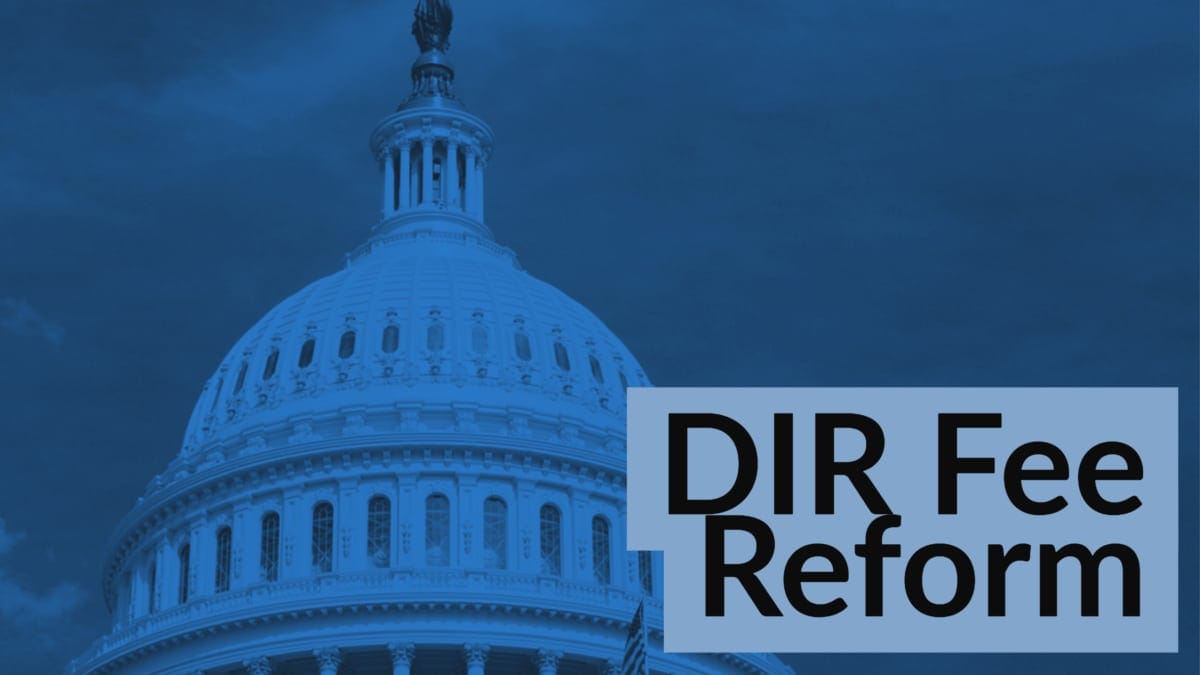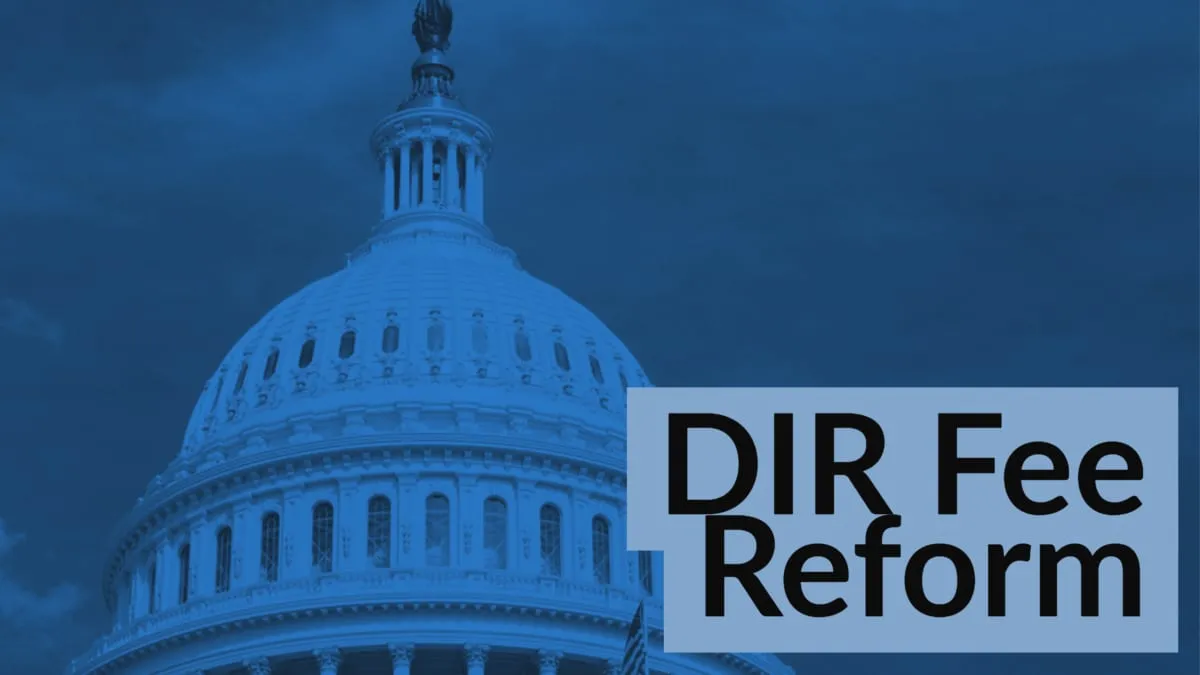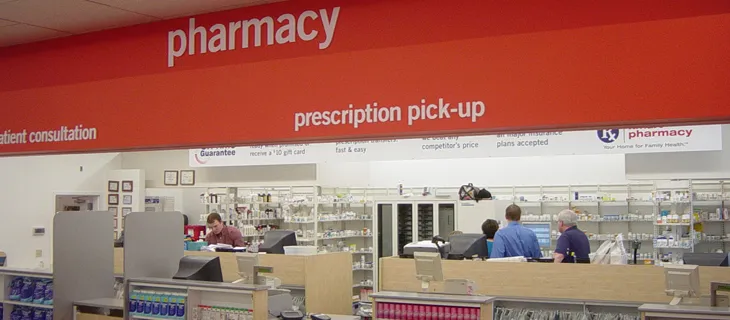As stakeholders in chain pharmacy gather this month for the National Association of Chain Drug Stores’ Total Store Expo in Boston, the industry confronts a host of important issues — legal proceedings in which it is asserted that retailers and drug wholesalers bear at least some responsibility for the ongoing opioid epidemic; the emergence of CBD as a promised panacea for a wide range of problems faced by consumers as well as a catalyst for growth in numerous health and beauty care categories; and the continued competitive threat from Amazon and other e-commerce companies, to name just a few.

All of the challenges affecting chain pharmacy are sure to get their fair share of scrutiny at TSE, but three matters deserve special attention — the devastating impact of DIR fees under Medicare Part D; the role of the front end in a business that, in most instances, is increasingly focused on health care; and the evolution of pharmacy and the products and services that surround it.
The burden of DIR (or direct and indirect remuneration) fees on retail pharmacies has grown exponentially, rising 45,000% from 2010 to 2017. When the Trump administration failed to deliver on expected reform of the program — under which ill-defined performance standards are capriciously applied, resulting in clawbacks from providers months after scripts are filled — failed to materialize, pharmacy advocates were left to seek another solution. NACDS and its allies, including the National Community Pharmacists Association and the American Pharmacists Association, intensified their already robust efforts to spur congressional action.
The Senate Finance Committee is now at work on drug pricing legislation that could include DIR reform. Chuck Grassley (R., Iowa), chairman of the committee, and ranking member Ron Wyden (D., Ore.) have acknowledged the need to address the problem, and bipartisan support in both houses of Congress is building. It is incumbent on everyone who wants to ensure that pharmacy can continue to meet the needs of patients and remain financially viable to follow NACDS’ lead. They should contact elected officials and members of the administration to highlight the need for immediate reform of a program that jeopardizes the existence of independent pharmacies and small chains.
The pressure on profit margins at the prescription counter resulting from DIR fees and other factors highlights the important role of front-end products, especially in the chain drug business model that has predominated for the past several decades. But increases in nonpharmacy sales have been hard for members of the trade class to come by in the face of competition from virtually every kind of mass market retailer.
A top priority for TSE attendees responsible for the front end should be to make a careful assessment of the merchandise mix in order to determine what kinds of products can flourish in an environment that is long on convenience but frequently comes up short on price. Retailers and suppliers would also do well to figure out how front-end products relate to the drug chain’s primary mission as a health care provider.
That orientation will only get more pronounced. CVS Health and Walgreens Boots Alliance, the top two pharmacy operators, are already moving down that road. Both chains now have some stores where pharmacy service, including medication therapy management and immunizations, is supplemented by point-of-care testing, in-store clinics, vision care, audiology and dental services.
CVS, which late last year finalized its acquisition of health insurer Aetna, is leading the transformation. The company rolled out its first three HealthHUBs — which offer a broader range of personalized health care, wellness products and services, and advice than is available at a typical chain drug store — in greater Houston early this year. It recently unveiled plans to bring the format to Atlanta; Philadelphia; southern New Jersey; and Tampa, Fla., by the end of 2019, and it intends to have 1,500 HealthHUBS in operation before the start of 2022.
Like CVS and WBA, other leading pharmacy operators recognize that the dynamics in health care, including rising costs and a shortage of primary care physicians, point to the need for community pharmacies to transform themselves into neighborhood health care centers. The trick will be to construct a financial paradigm that can sustain their expanded role. Two essential steps toward achieving that goal are the elimination of DIR fees and the reinvention of the front end.









